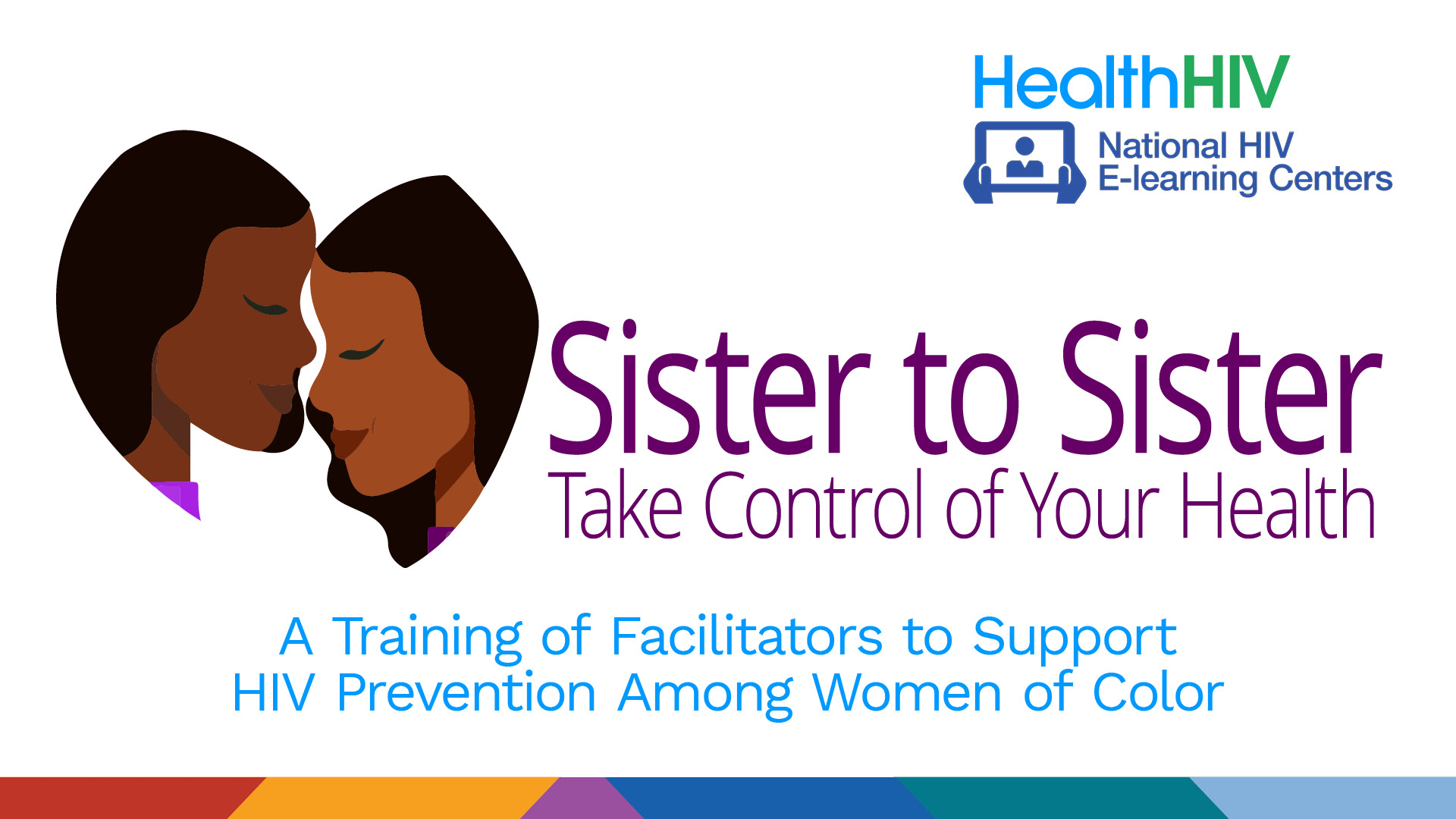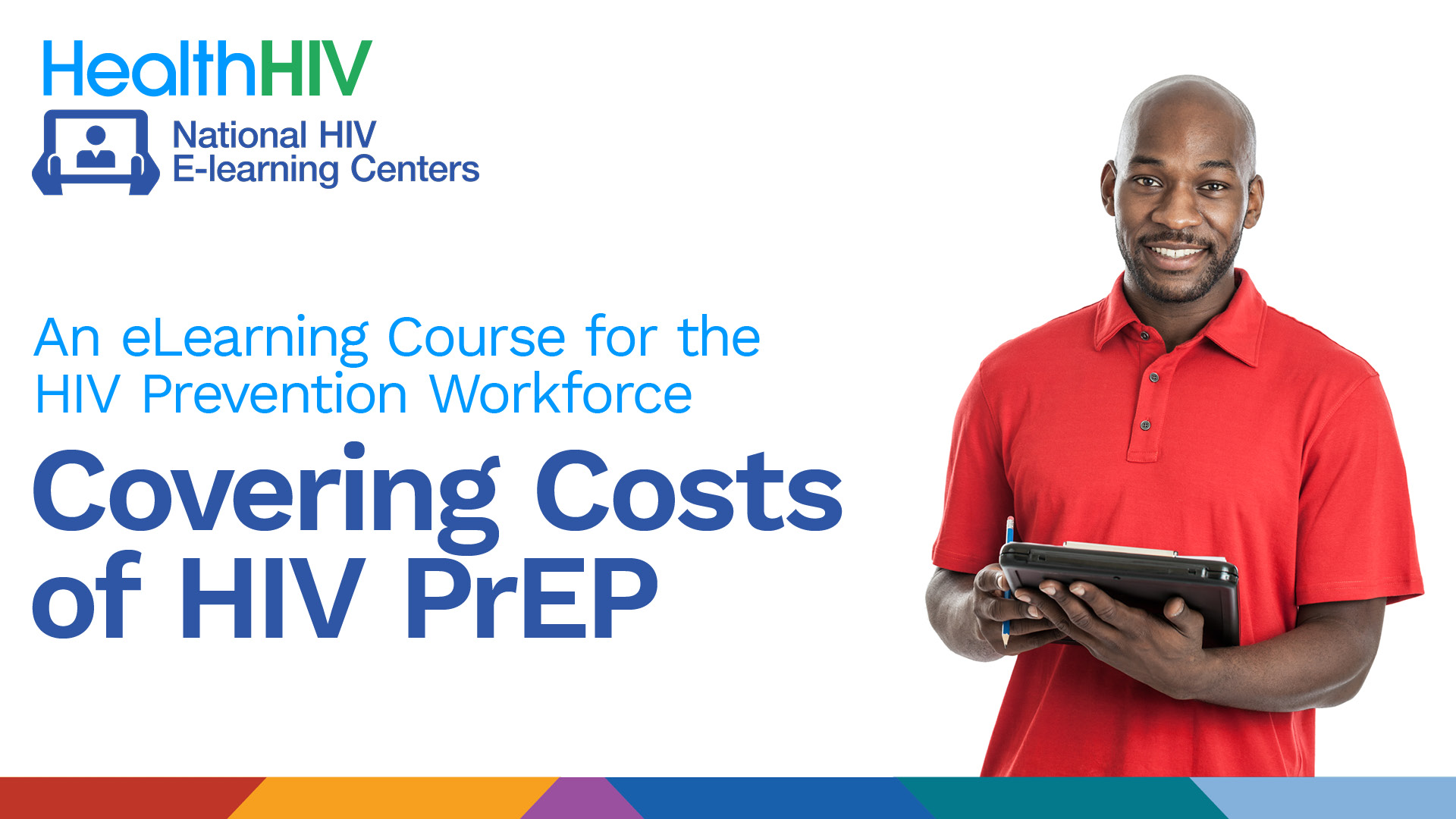
HealthHIV National HIV E-Learning Training Center
HealthHIV designs dynamic E-Learning courses for community-based organizations, health departments, and healthcare organizations to support improved health outcomes for people vulnerable to HIV.
The HealthHIV National HIV E-Learning Training Center develops and implements e-learning training to build the knowledge, skills and competencies of HIV prevention staff working in high-impact HIV prevention (HIP) programs across the U.S. The Center offers accessible, Section 508-compliant services and materials via asynchronous learning opportunities (self-paced e-learning, instructional videos, online resources), and blended learning opportunities (combining synchronous and asynchronous modalities).
Current E-Learning Courses
-

Fundamentals of Rapid HIV Testing
This course prepares rapid HIV testing staff to conduct the key steps of rapid HIV testing: setting up a workspace, conducting the rapid HIV test, preparing clients for the test and delivering test results, and conducting quality assurance activities. Participants also have opportunities to reflect on how they can use what they’ve learned and apply it to their current work. Learners may save their reflections for the future as they grow their knowledge in the field.
-
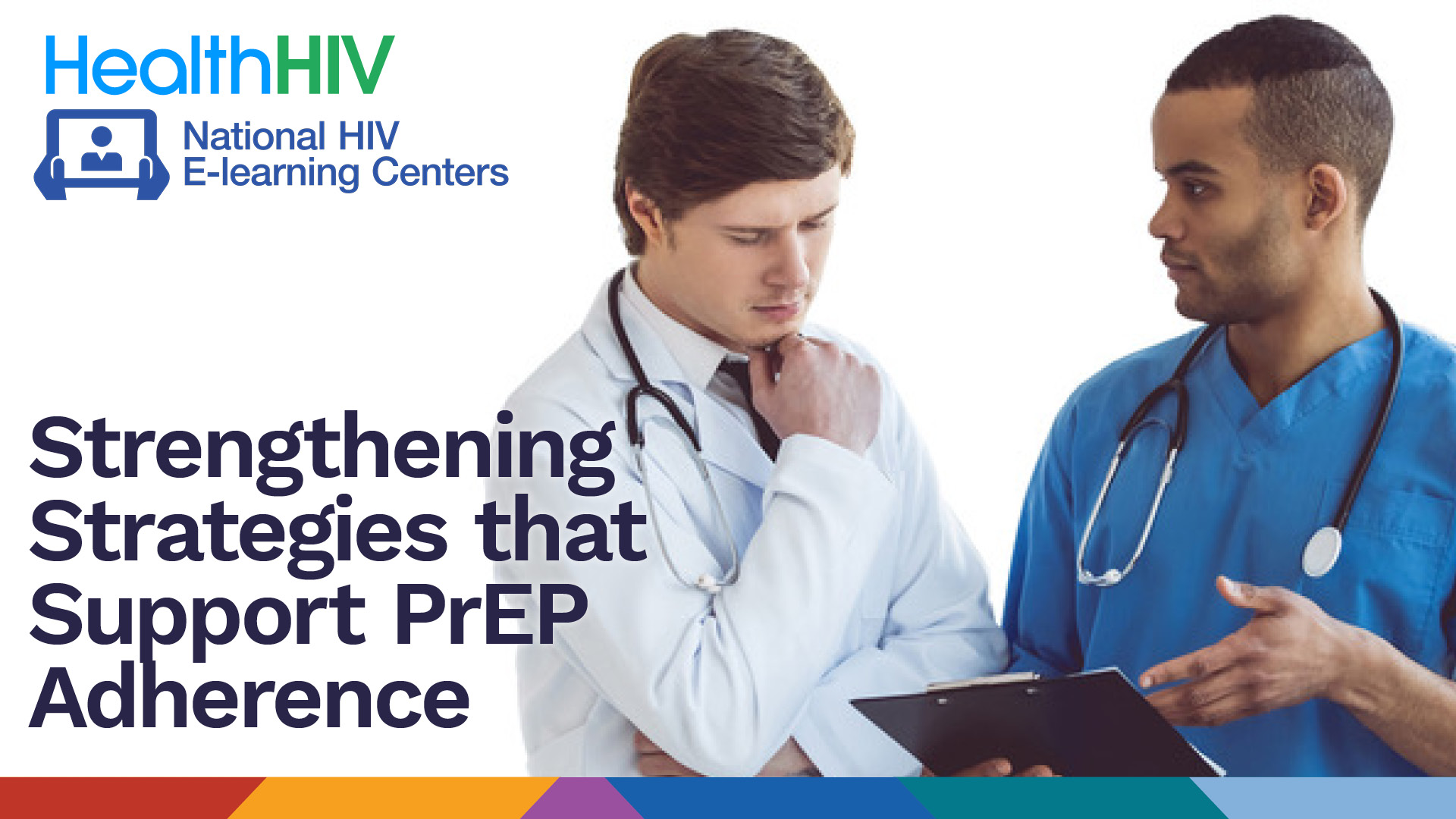
Strengthening Strategies that Support PrEP Adherence
This course helps health department staff and other public health professionals address barriers to adherence, monitor PrEP adherence, and develop partnerships to support adherence. A core part of course content will involve interactive components that help learners develop an action plan tailored to their specific situation.
-
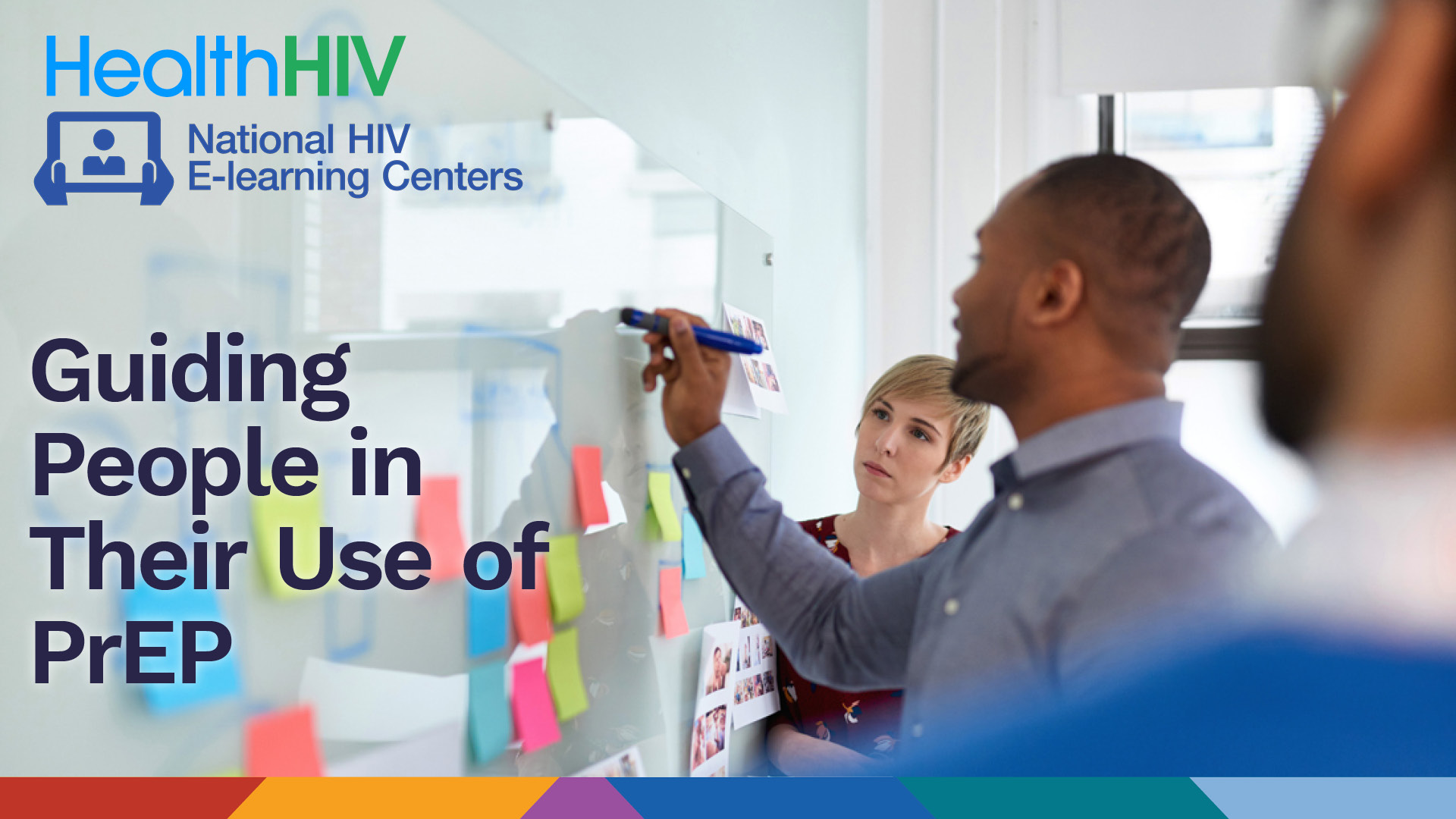
Guiding People in Their Use of PrEP
This course assists staff in community-based organizations, health departments, and other public health professions with knowledge and skills related to building awareness and engagement in PrEP and guiding clients to effectively use PrEP over time.
-
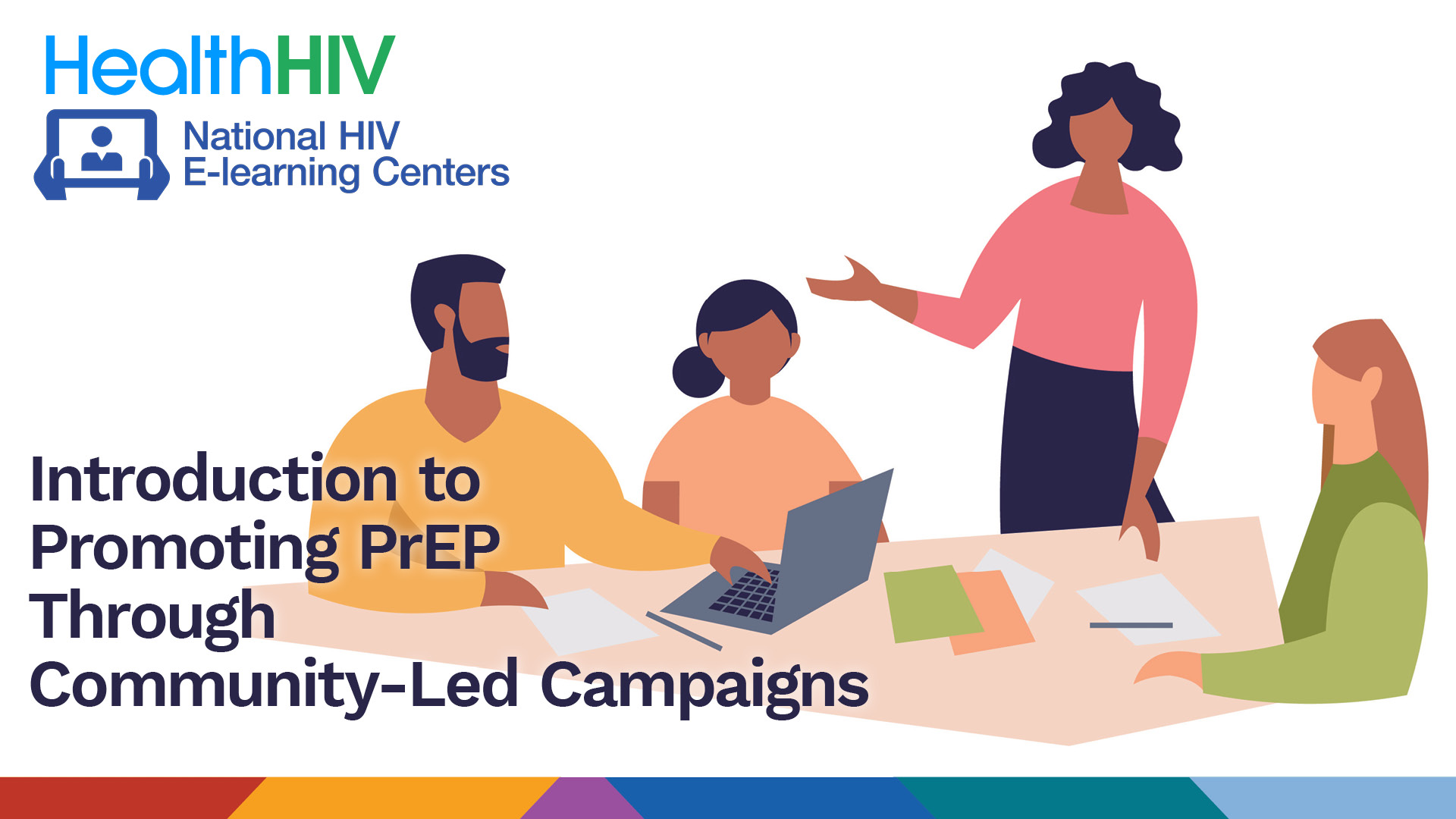
Introduction to Promoting PrEP Through Community-Led Campaigns
This course was created to provide health department staff, community-based organization staff, and other public health professionals with knowledge and skills related to designing, creating, and implementing a PrEP promotional campaign.
-
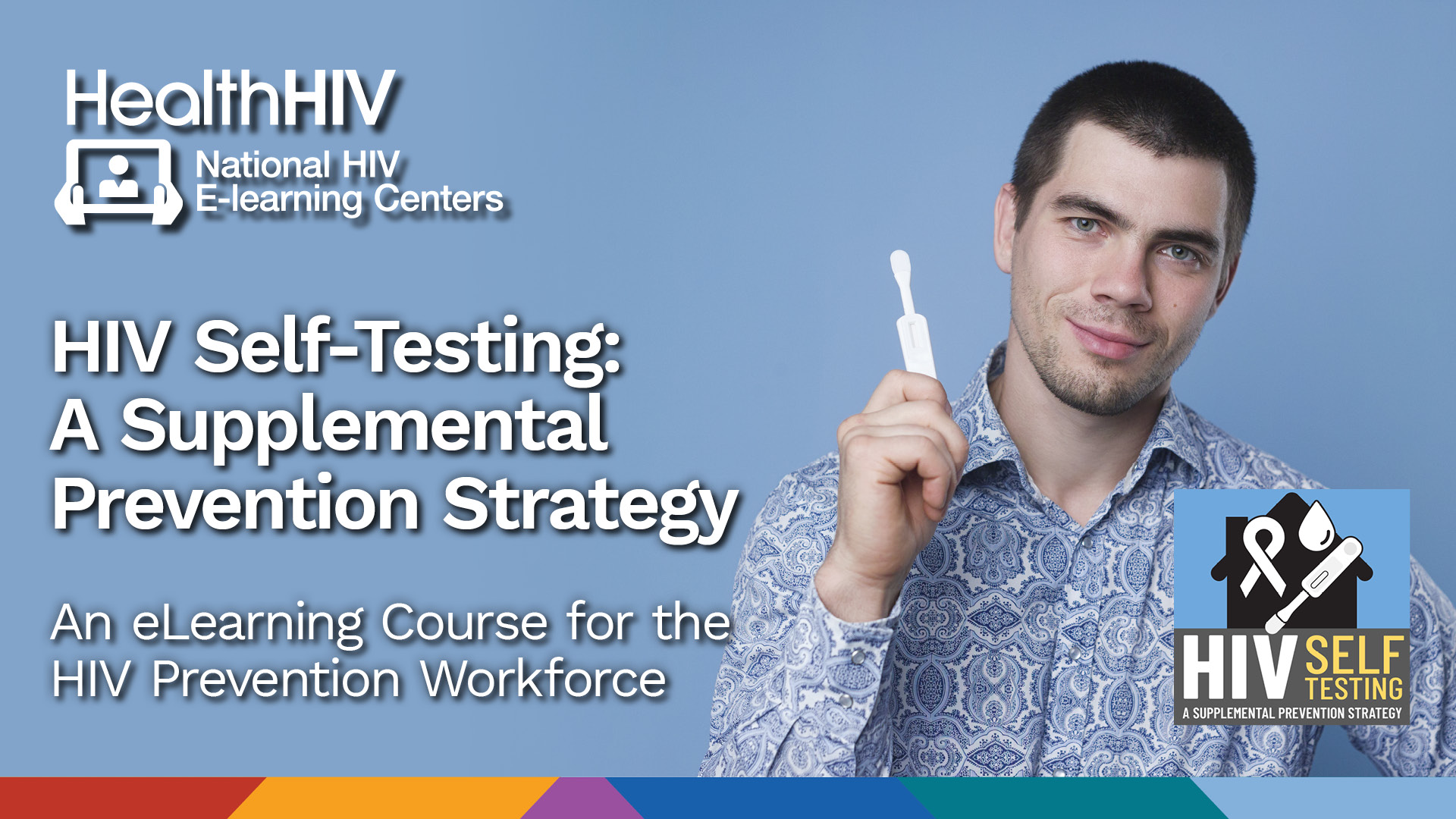
HIV Self-Testing: A Supplemental Prevention Strategy
In this 60-minute eLearning course, developed by HealthHIV, you will learn knowledge and skills to support the design, protocol development, and implementation of an HIV self-testing program. The course includes knowledge checks of the material covered and resources that you can use during and after taking the course.
-

Safe in the City
This 30-minute, video-based intervention aims to increase condom use and other safer sex behaviors in order to reduce infections among patients who view the video. In addition to the video, supplemental materials are provided to promote the intervention and to provide safer sex information for clients.
-

HIV PrEP: Prescribing PrEP
Informed by CDC’s PrEP Guidelines, this course was created to assist prescribers, clinical support, and non-clinical staff with the basics for prescribing and monitoring PrEP and for incorporating PrEP services into their practices or local HIV prevention programs.
-

A Salvo en la Ciudad
Esta es una intervención de 30 minutos basada en un vídeo cuyo objetivo es aumentar el uso del condón y otros comportamientos sexuales más seguros para reducir las infecciones entre los pacientes que ven el vídeo. Además del vídeo, se proporciona material suplementario para promover la intervención y ofrecer información sobre sexo más seguro a los clientes.
-
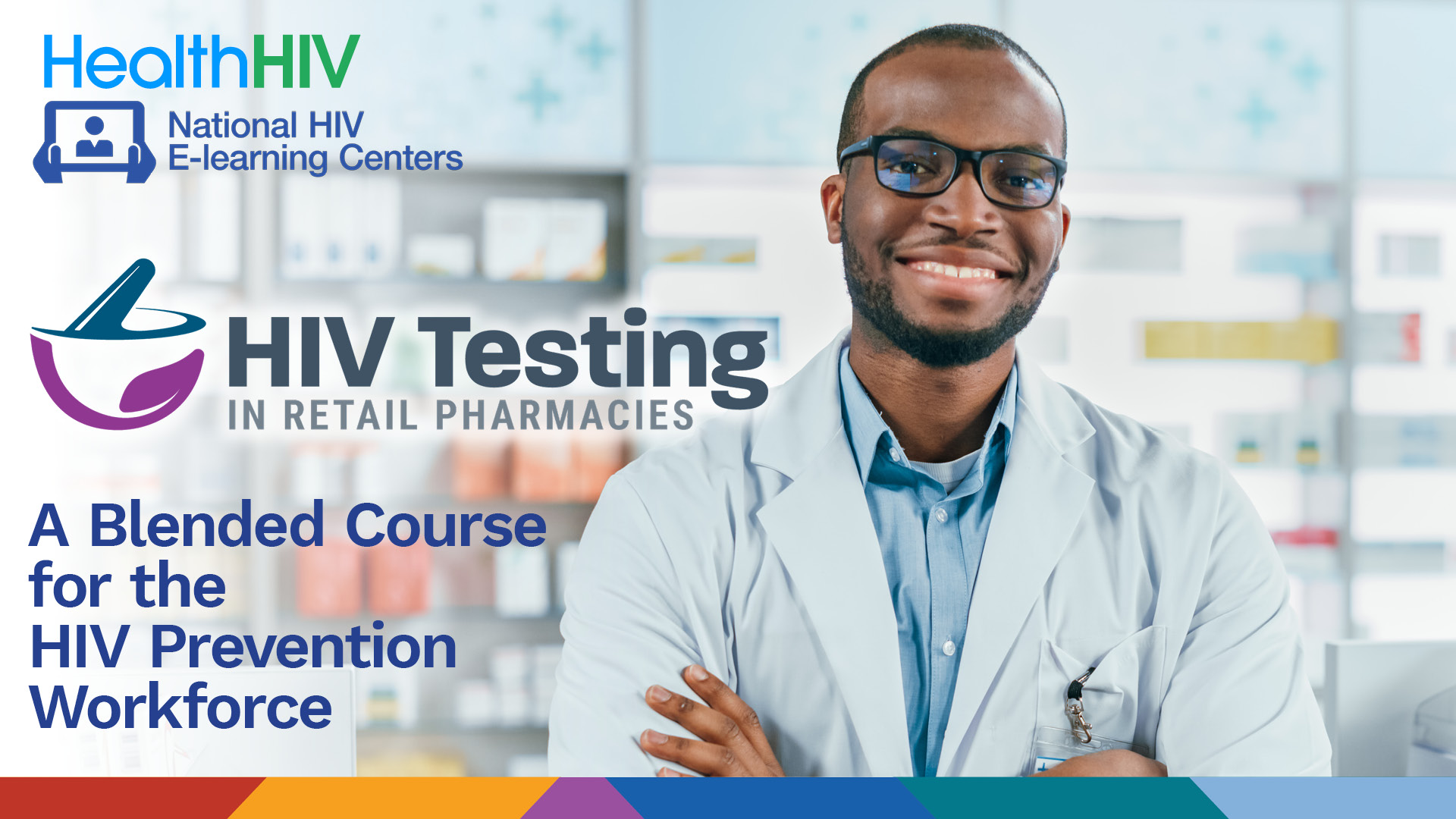
HIV Testing in Retail Pharmacies
This course is designed for pharmacy staff who wish to develop the skills necessary to conduct a complete HIV testing session with retail pharmacy patients. Learners will be introduced to the CDC’s Six-Step HIV Testing Protocol and will review considerations for implementing it in pharmacy settings.
-
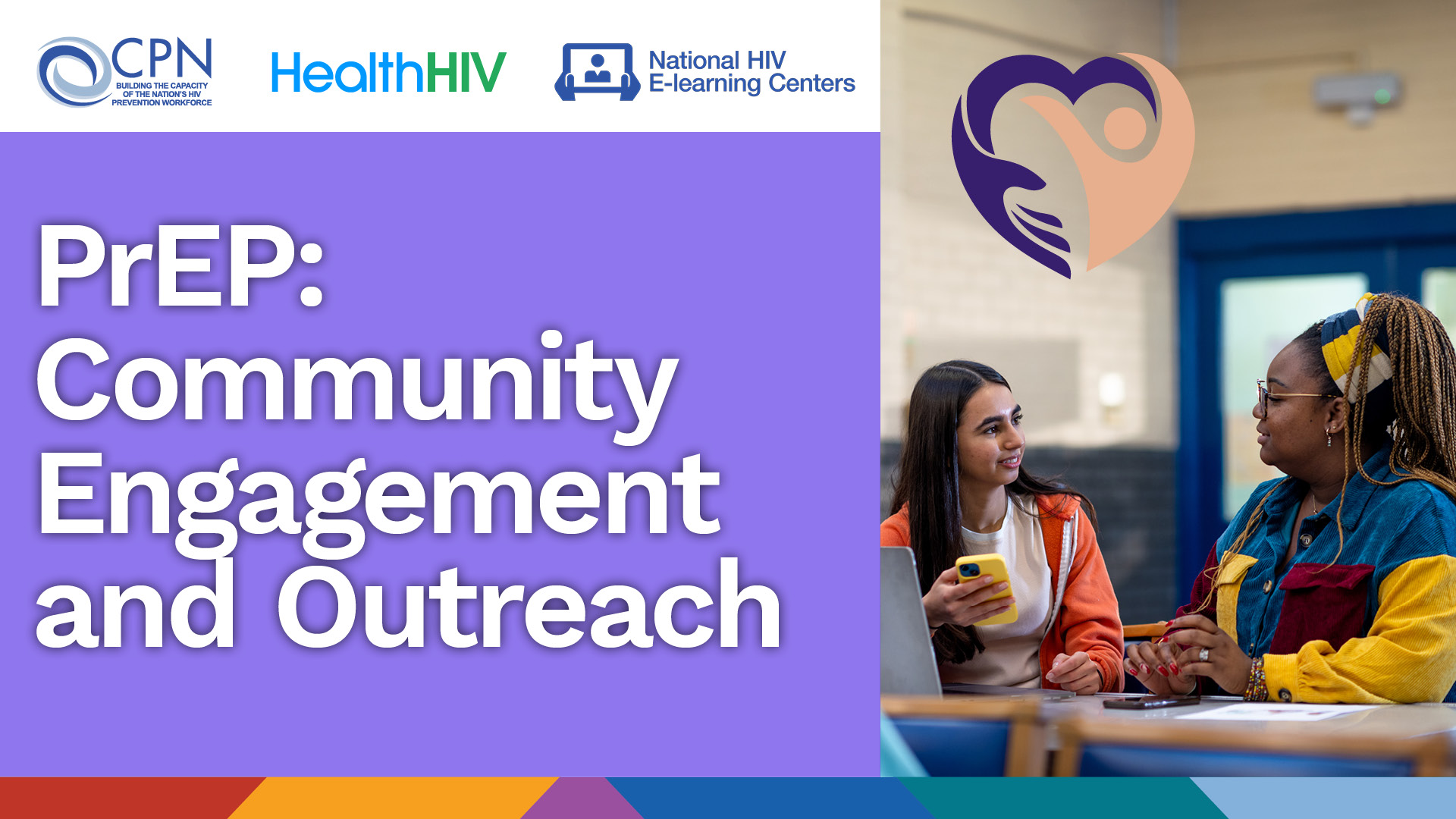
PrEP: Community Engagement and Outreach
This course prepares participants for beginning their work as PrEP educators and outreach workers as well as serve as a refresher for experienced professionals.

